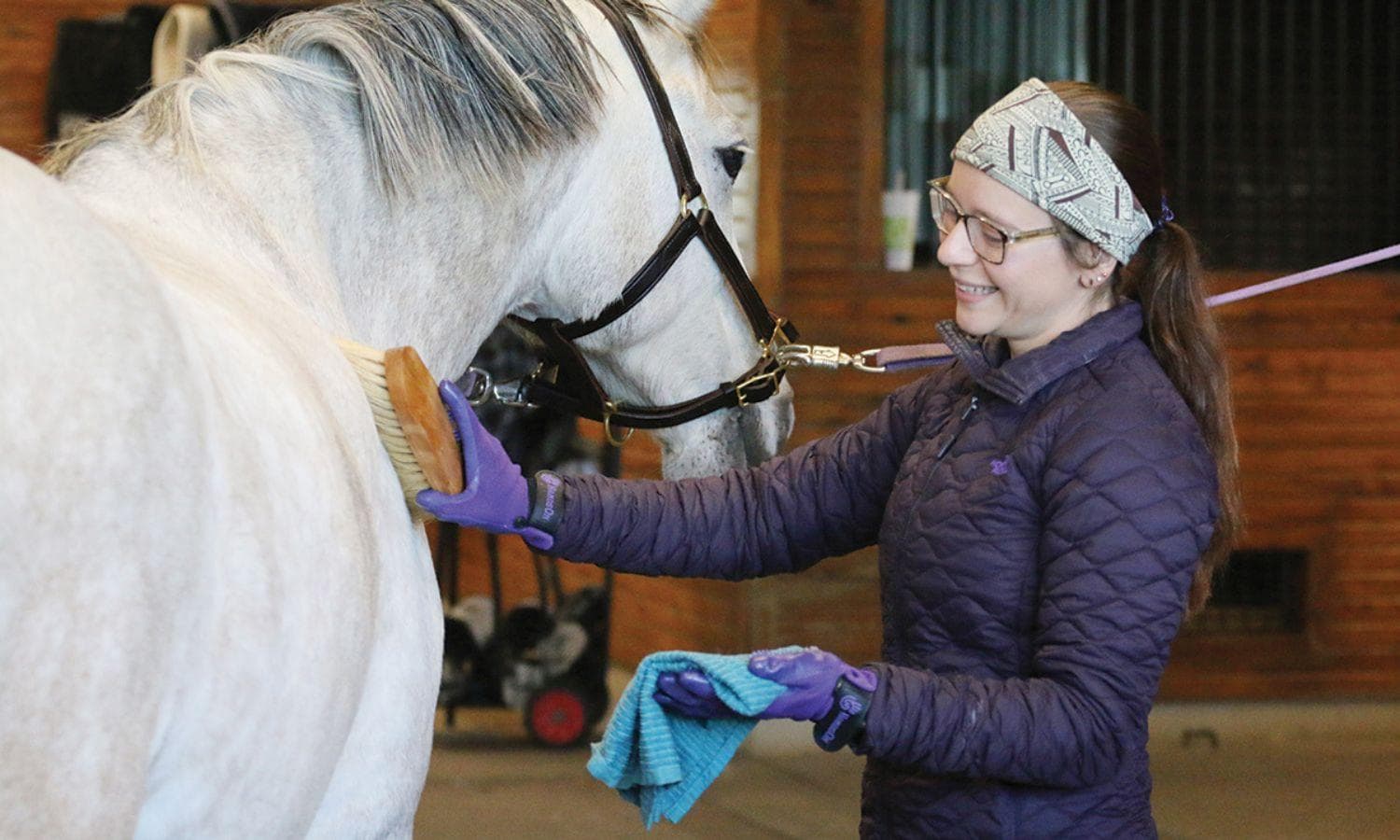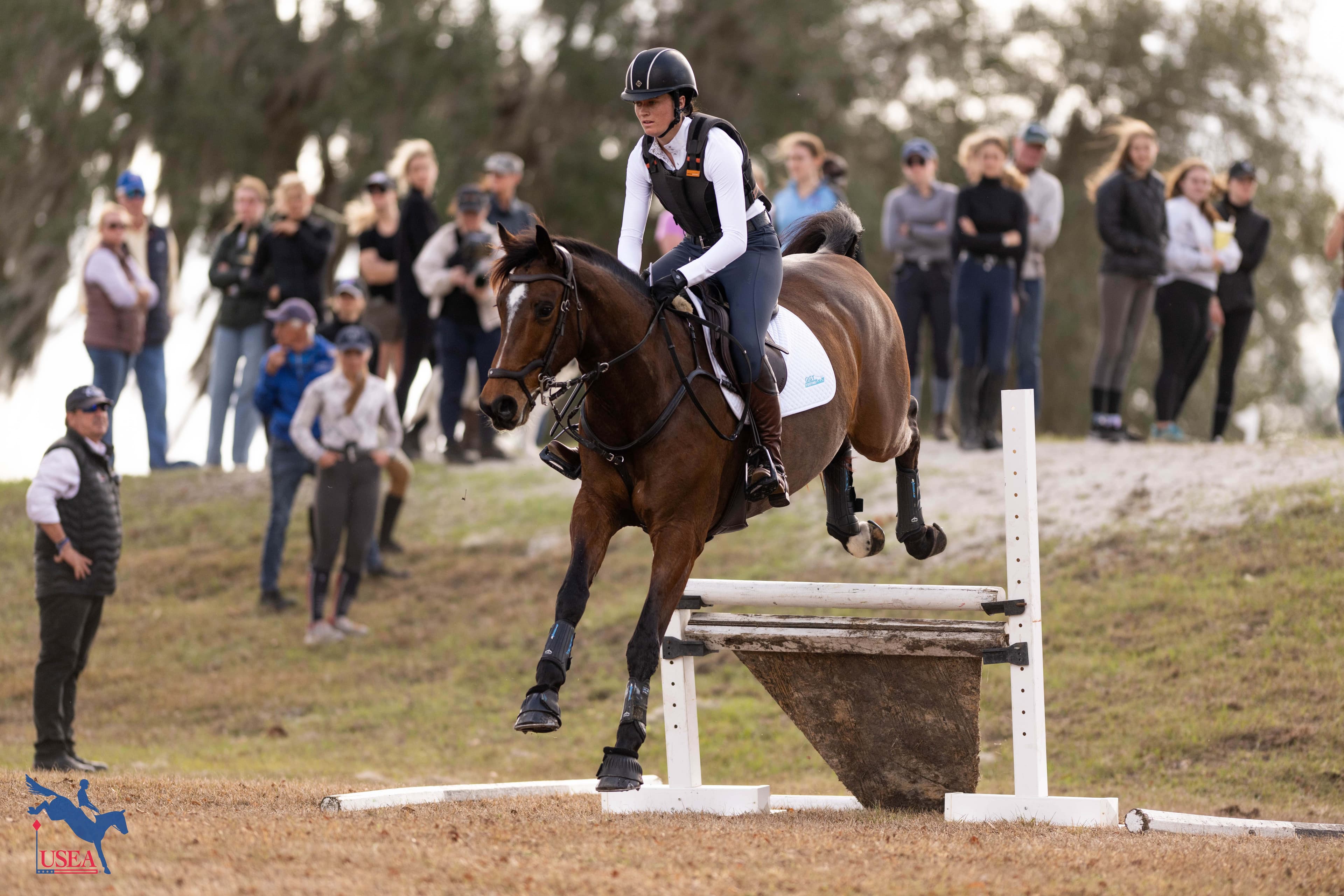Past, Present, and Future: Who Are the Power Players of the USEA?
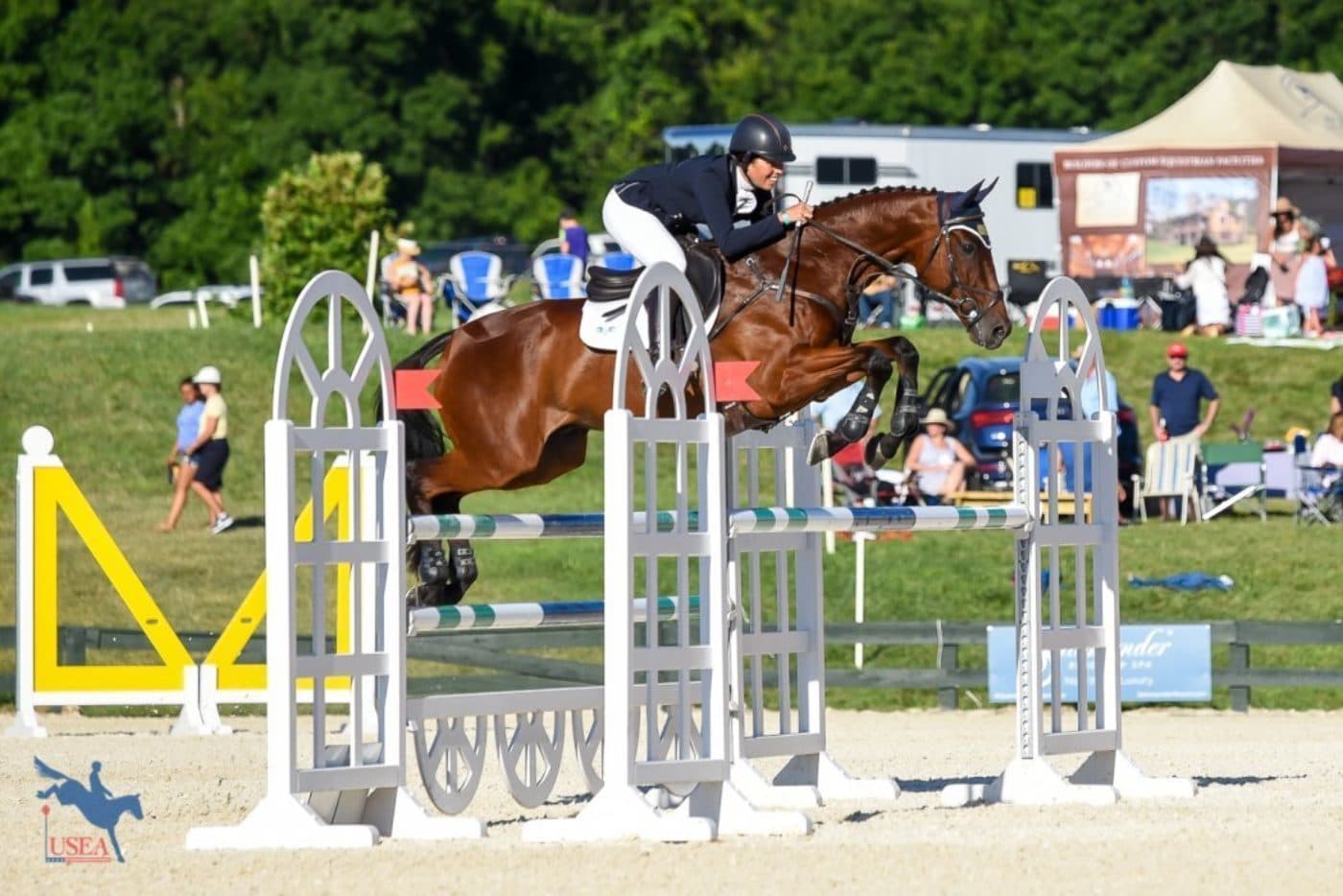
Over 12,895 members, 235 recognized events, and 42,000 entries - the United States Eventing Association (USEA) has come a long way since its inception in 1959. Formerly known as United States Combined Training Association (USCTA), the USEA was built upon Alexander Mackay-Smith's vision of advancing the sport of eventing through education. In 2001, the USCTA became the USEA when the Board of Governors (BOG) decided to follow the FEI’s adoption of the term ‘eventing’ for the international sport previously known as combined training. In 2019, USEA will mark its 60th anniversary, and in 60 years the USEA has seen it all: the ups and downs, the victories and heartbreak, and the countless individuals who have kept the sport of three-day eventing alive.
Evolution of the Sport
From paper entries, fax machines, and manually written scores to the world of the internet, Sharon Gallagher, USEA Senior Director of Competitions, has memories of the paperwork stacked to the ceiling. Gallagher has spent the past 24 years with the USEA, and to say she’s the driving force for all USEA competitions would be an understatement. Neatly spread throughout her office one can find 24 years’ worth of omnibuses, 1996 Atlanta Olympic Games memorabilia, and a bumper sticker with the bolded words ‘No Eventer Left Behind.’ Sitting behind the desk she’s had since 1994, Gallagher explained, “One change I’ve noticed is when the cost of eventing started going up, the expectations went up in terms of perfect footing, perfect location, and higher prize money. But the passion has not changed one bit. I’m working with different people but the same passion and with the horses' welfare always being the top priority.”
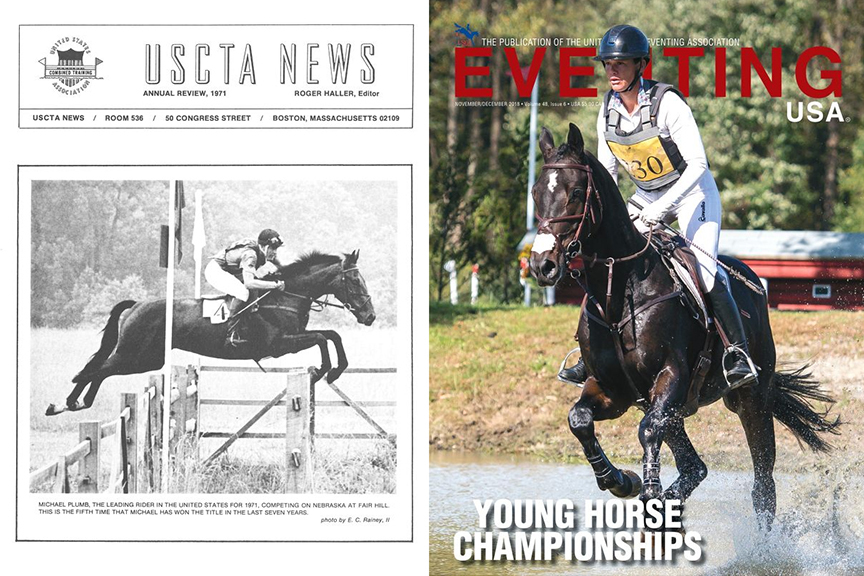
The USEA has evolved with the electronic age and with every growth comes the good, bad, and new. Everyone has access to everything, and where information is power, the internet holds the king jewels. For Gallagher, instant information has both its pros and cons. “The amount of communication coming to the office has increased drastically; I now average about 75 emails a day. We used to answer questions by putting things in the mail. Now, the information is more at my fingertips and in one day I can get triple the amount of work done.”
The creation of the USEA website started in 1998, and now, 20 years later, anything on eventing can be found with a click of the mouse, from USEA history and educational seminars to jog photos from the 2018 Land Rover Kentucky Three-Day Event. “When I first started, we didn’t have a website. The only two forms of communication were the magazine and the omnibus. To find a rider or horse record you had to call or write a letter to the USEA office.”
Instead of staffers spending hours manually entering data, the need for data entry transformed into the need for an IT department, marketing department, and communications department. Another 24-year employee, Jennifer Hardwick, Senior Director of Membership Services/Meeting Planner, remembers every Friday as mailing day. “We had to handwrite all of the certificates and look up every qualification, every rider, every horse, every number, and every result. You could ask me about a horse and I would know off the top of my head the horse’s owner and rider,” said Hardwick.
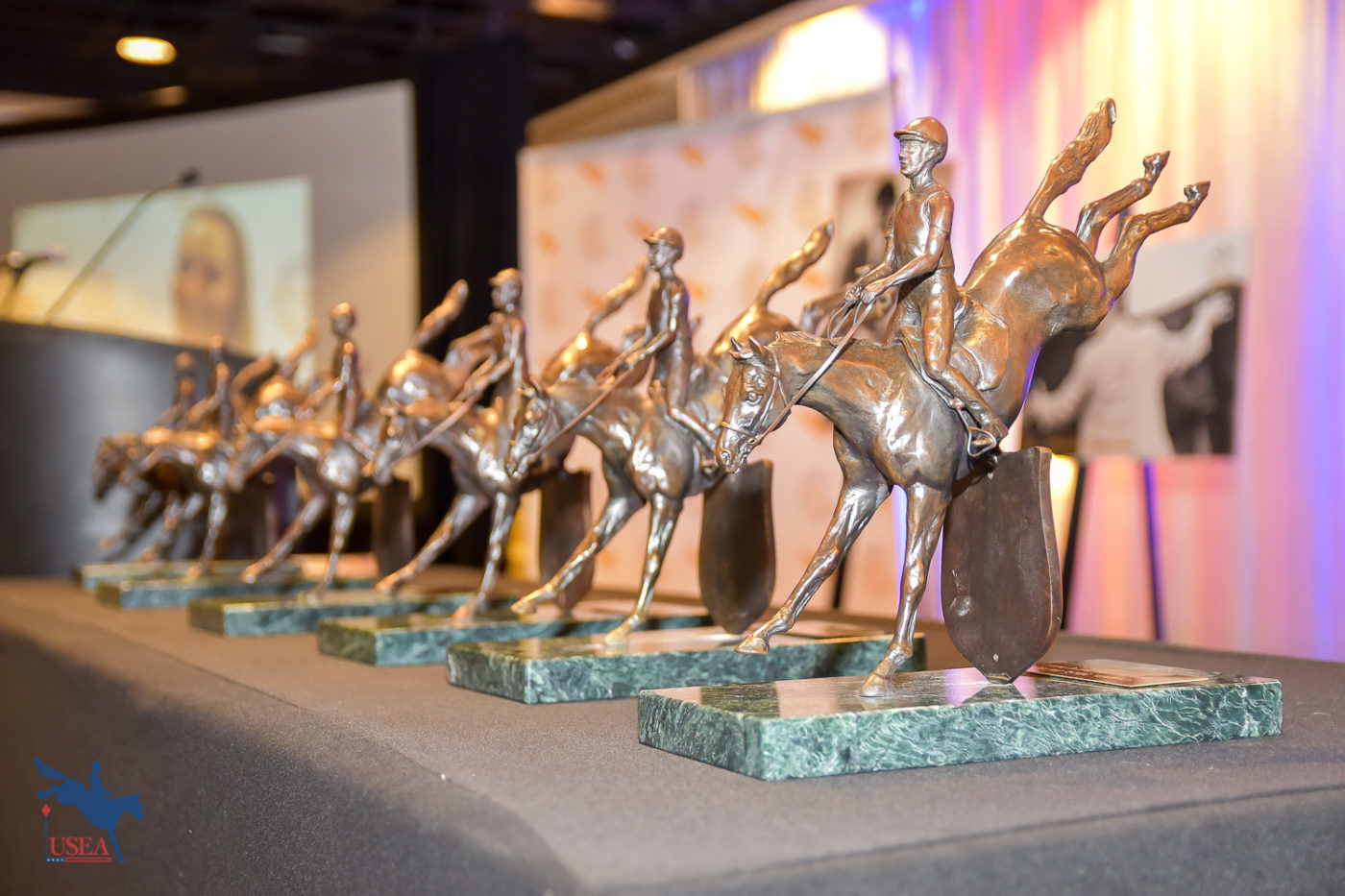
With Sharon Gallagher and Jennifer Hardwick falling under the 18 permanent USEA staffers that work full time in Leesburg, Virginia, what role does the USEA Board of Governors play in the success of USEA?
Board of Governors and the USEA Staff
A ‘board of governors’ can be defined as a several-member group that oversees the running of an organization. The USEA Board of Governors members are elected by none other than the members themselves every year at the Annual Meeting of Members. The 21 unpaid BOG members that make up the USEA Board of Governors are the ones who approve the hiring of the CEO, who elect the nominating committee, who decide if a rule change proposal will be passed along to the United States Equestrian Federation, and who decide on yearly budgets; and they too, all started as members.

Two separate roles working towards one cause, the USEA President and USEA Chief Executive Officer (CEO) are different positions, where the CEO has a permanent office at the USEA headquarters and the President holds a three-year term limit and is elected by the Board from candidates identified by the nominating committee. With current USEA President Carol Kozlowski fulfilling her three years in 2019, Kozlowski will be handing the reins to Max Corcoran as she will be ‘president elect’ for the year of 2019 before officially taking the position in 2020.
In 60 years of the USEA, there have only been two CEOs: Jo Whitehouse and Rob Burk. Before Jo Whitehouse, USEA referred to the main person in charge as the Executive Director rather than the CEO. Eileen Thomas was a notable Executive Director who spent her lifetime working to help the world of eventing. With Thomas’s English influence came the omnibus and the ‘grading system,’ a system used for many years to measure a horse’s qualifications. From making major executive decisions to volunteering at a local event, the duties of the CEO are infinite. But, as Burk would say, “I’m not the boss. The USEA members are my bosses.”
Starting as a member is how Jo Whitehouse became the first CEO of the USEA. “She was first a volunteer receptionist and worked her way up to CEO,” said Burk. With Burk and Whitehouse embodying the ideal image of what a leader should look like: passionate, intelligent, caring, and always the first ones to lend a helping hand, it comes to no surprise that the USEA has successfully run (debt-free) since 1959.
Collections for a Cause
The word nonprofit is defined in the word itself – not for profit, meaning an organization who gains no profit from the revenue coming in or out of the organization. “As a nonprofit, the main goal is to fulfill the charter and why the organization was established, which for USEA is education. Everything we do and every penny we have is used to help the sport of eventing,” said Burk.

Sponsorship, membership dues, and competition starter fees are the top three forms of revenue for the USEA. The $21 competition starter fee is the only part of an entry fee the USEA sees from a recognized event, which is under 10 percent of the entry fee costs. To go over the finer details of how USEA functions as an organization, Burk explained, “there are three main components that the USEA refers to: the USEA By-Laws, the Articles of Incorporation, and the policies set by the USEA Board of Governors.”
Democracy is considered ‘a government by the people’ and with USEA running off a democracy structure, every member holds value. Whether it’s a volunteer, event official, Hall of Fame member, Beginner Novice rider or five-star rider, the membership is still the same and the power is held in the people’s hands.
So, to answer the question, who are the power players of the USEA? It’s the members. Amateurs, professionals, adult riders, young riders, supporting members, and life members - the power players of the USEA are the 12,895 members that make up the organization.
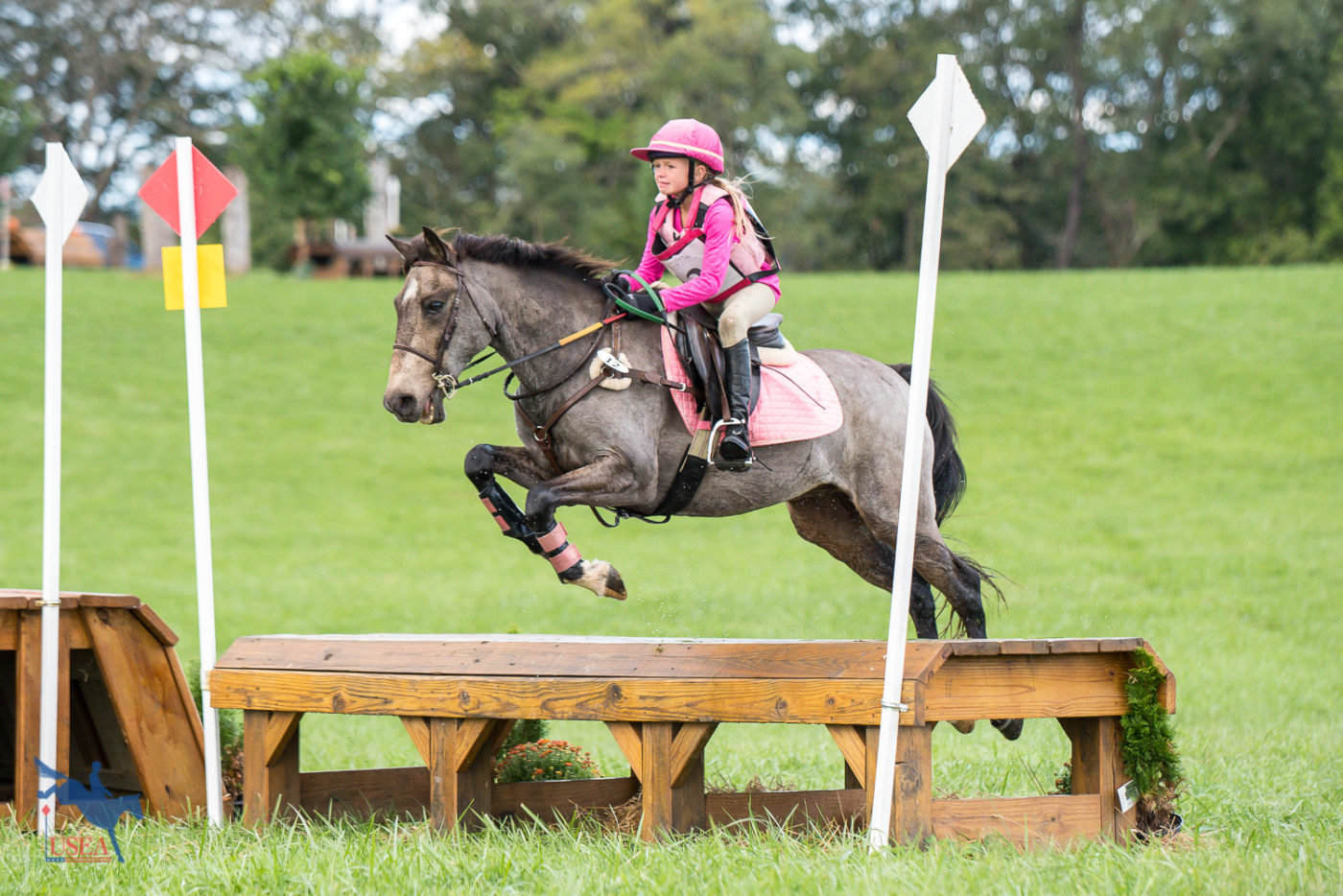
The USEA would like to thank each and every member for their involvement in three-day eventing!


